Welcome to the Internet: a vast space of knowledge and horrifying plant tips. It seems everyone who writes about plants has their best interests at heart; who doesn’t want their green pets to be healthy and beautiful? But some of these eye-grabbing, head-scratching headlines and quirky ‘hacks’ can hack away at your plant’s life, or at the very least, give them a bad time. We hope this insight will help dispel some of those myths.
Shade-Tolerant Plants Don’t Need Light
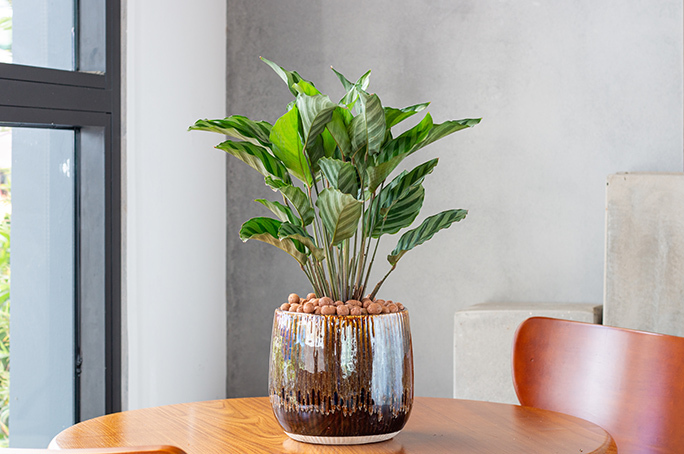
There’s only one type of plant that will survive in your windowless bathroom—a plastic one.The keyword here is tolerant. Even the hardiest of plants need some light, and just because certain species can survive in low light doesn’t mean they’ll look their best and thrive in these conditions. So if you have your green friends at the back of the room, bring them out to a brighter spot at least every other week for a nice sunbath.
Watering With Ice Cubes
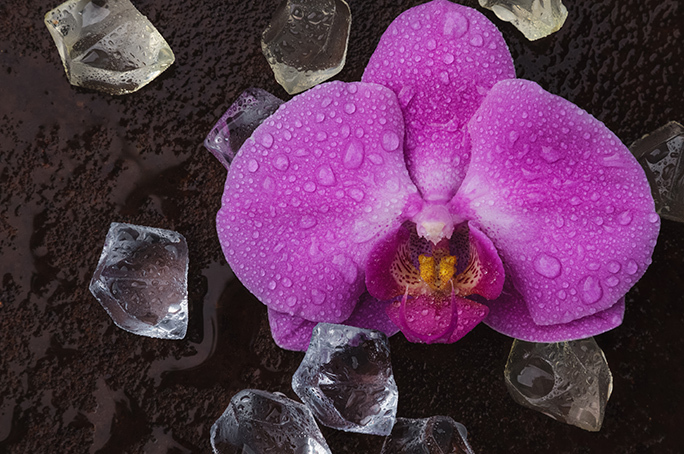
We’re pretty sure if moth orchids could speak, they’d be begging for mercy in a squeaky voice because watering your tropical residents with ice cubes is not a good idea. In fact, giving your plants ice-cold water—just like having a cold morning shower—stresses them out and makes them vulnerable to diseases.
Growing Epiphytes in Soil
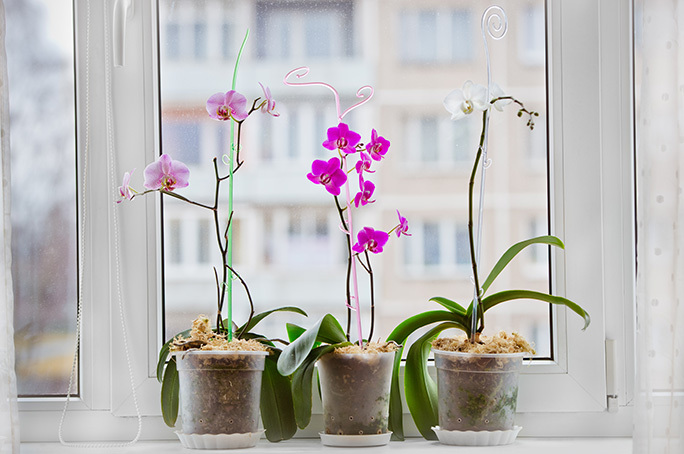
While we’re on the subject of moth orchids, don’t plant them into soil! In the wild, these dudes prefer to cling on to trees with their roots exposed like a pretty, flowering brooch. This is because they use their ‘legs’ to photosynthesize, which calls for an airy potting mix with barely any soil and a transparent pot for adequate light exposure. Certain species, for example terrestrial orchids such as Ludisia discolor, do need to be grown in soil, but they aren’t very common. In any case, if you’re not sure about what potting mix to choose, ask a consultant at a flower store or check our app.
Only Pesticides Can Get Rid of Pests
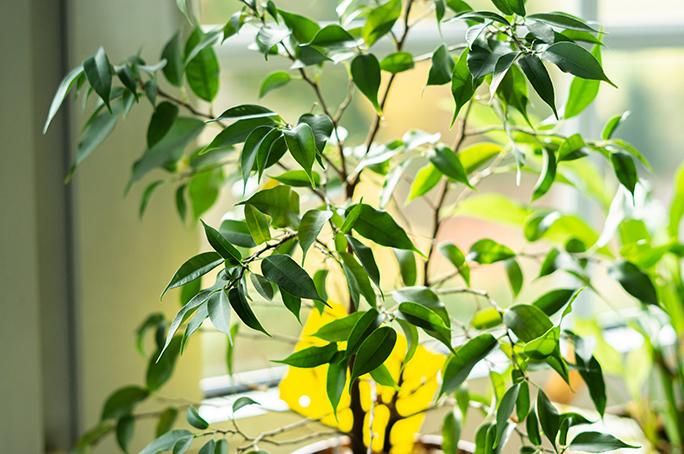
Nope. There are plenty of tried and tested ways such as sticky traps, neem oil, diatomaceous earth, or just giving the plant a shower with soapy water. Pesticides are great, but they could also harm helpful pollinators like bees and should be used as a last resort if the infestation is too severe.
If It Looks Dead, It’s Probably Dead
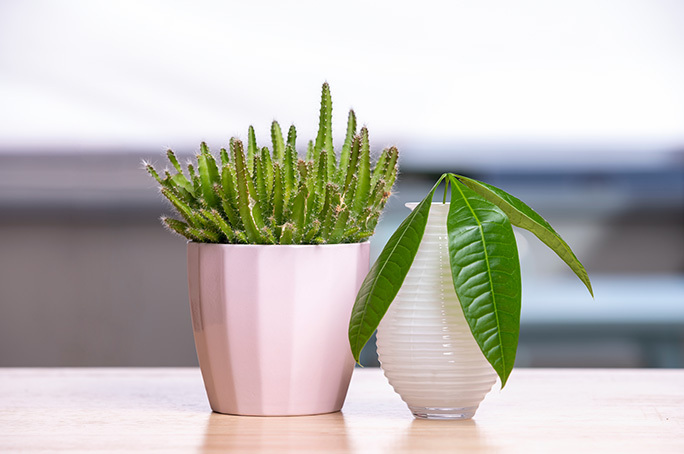
This one is straight out of a horror story of being buried alive. Keep in mind, some plants, no matter the temperature, will go dormant at least once every two years and do a pretty good impression of being dead. So, please make sure your plant has actually croaked before you chuck it. Scratch the bark to check if it’s still green underneath or see if a twig snaps when you bend it. If the plant is dry through and through, then sure, it can be worm food.
Yellowing = More Water

Well, sometimes. Yellowing is a common reaction to various issues: over- or underwatering, sunburn, fertilizer burn, a lack of nutrition, stress—you get the gist. Don’t put too much pressure on your plants to look perfect all the time; sometimes yellowing bottom foliage just means the plant is shedding its older leaves to make room for new ones.
Repot the Plant Once You Bring It Home
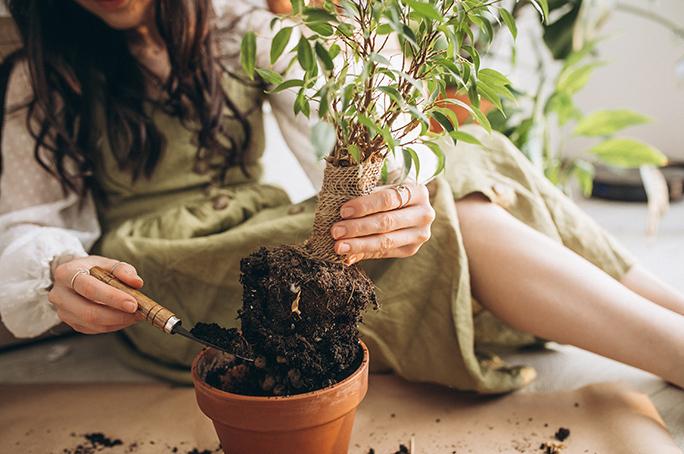
It’s true that plants aren’t sold in the best soil and should be repotted once you buy them. But plants aren’t globe-trotters—most prefer to stay in one location their entire life. So, unless your plant is in a particularly bad shape, give it a few weeks to acclimate to the new conditions of your home before you repot.
Leaf Shine Sprays (Also Oils and Mayonnaise?!)
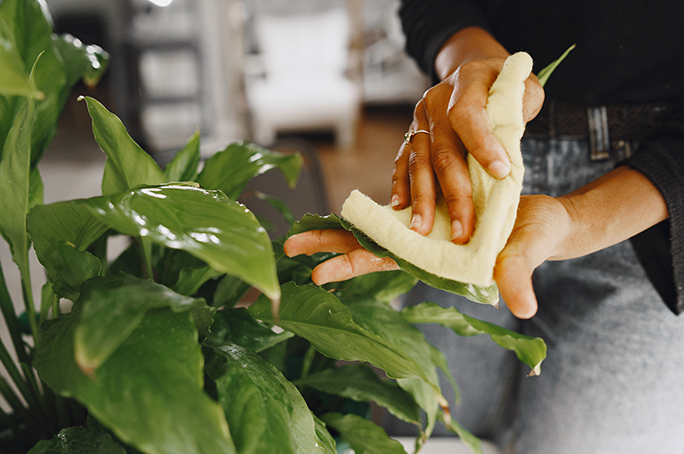
This might not be the most common ‘tip’, but there are several sources out there swearing that the best way to make your plant’s foliage shine is by applying shine sprays and questionable ingredients that are better off in your coleslaw. Yes, those methods will make the foliage shine, but they will also cause various issues like blocked stomata (plant pores), dirt accumulation, and possibly ants. There’s no need to reinvent the wheel; the best way to achieve a healthy shine is by wiping the foliage with a damp sponge from time to time. For a more glossy finish, get a luscious plastic plant.
We hope this set the record straight on some of the misconceptions fished out of the World Wide Web. As the saying goes: a little bit of knowledge is a dangerous thing. The general rule of thumb is to do a little bit of research and provide the plant with an environment that it’s native to. Sometimes, less really is more.
